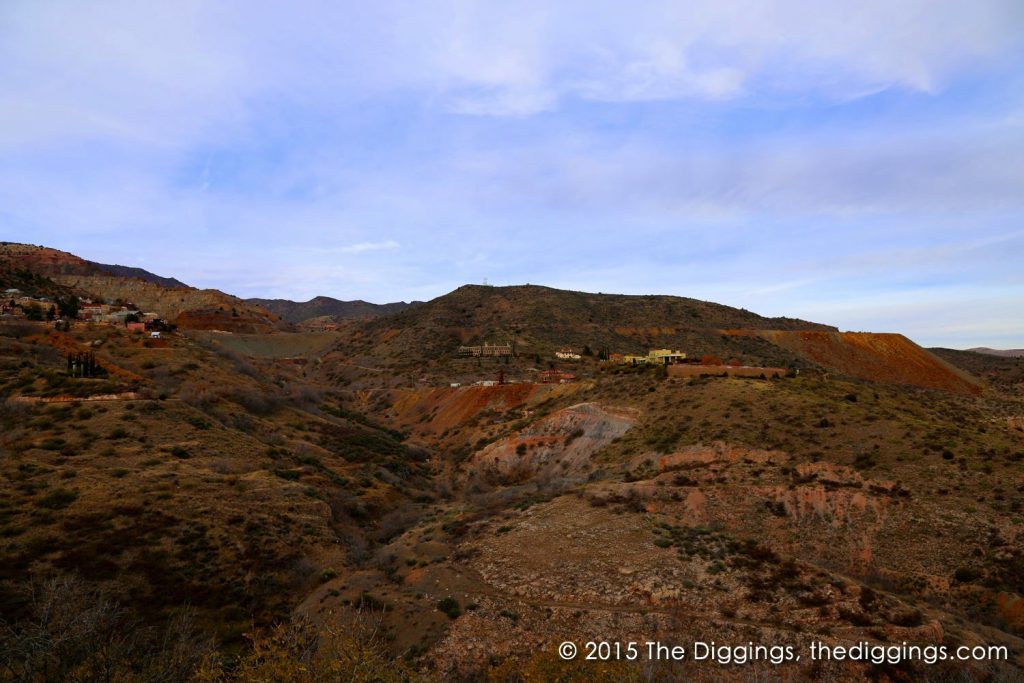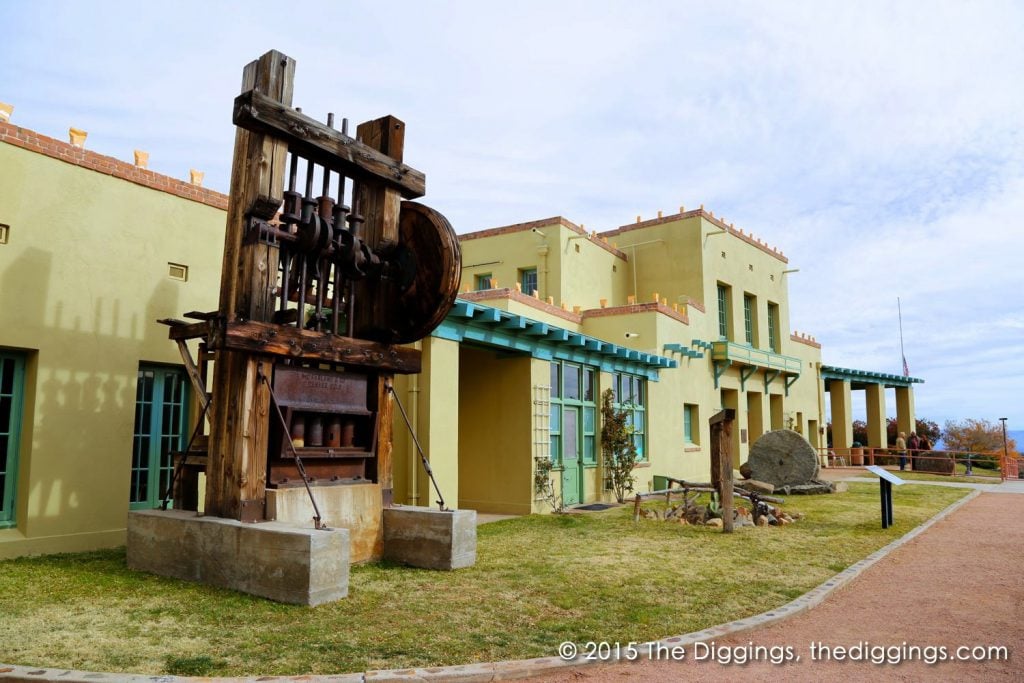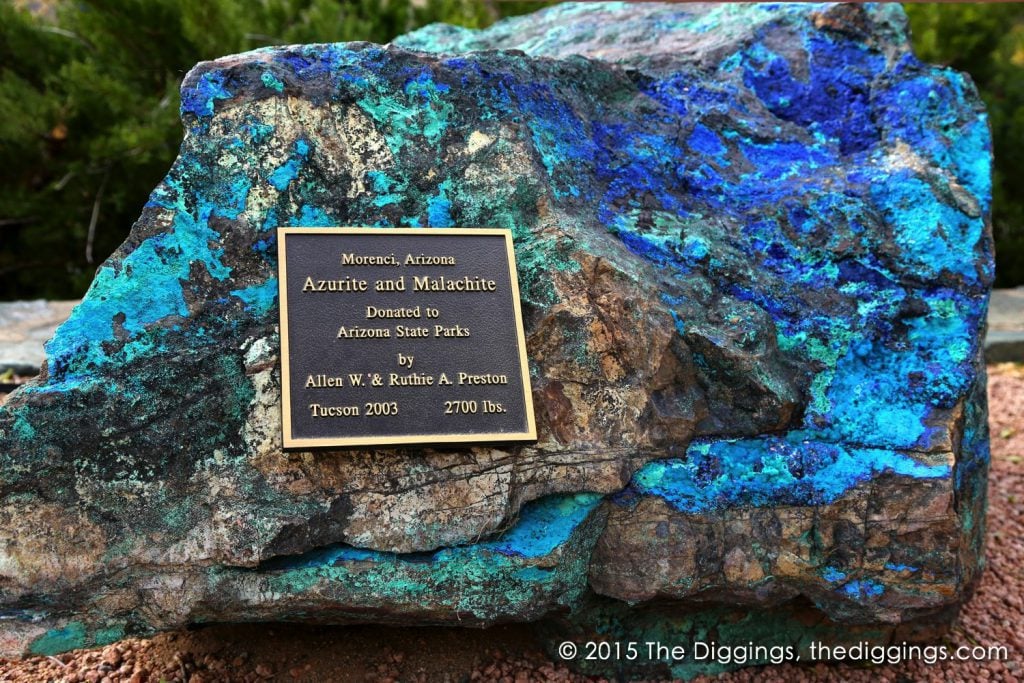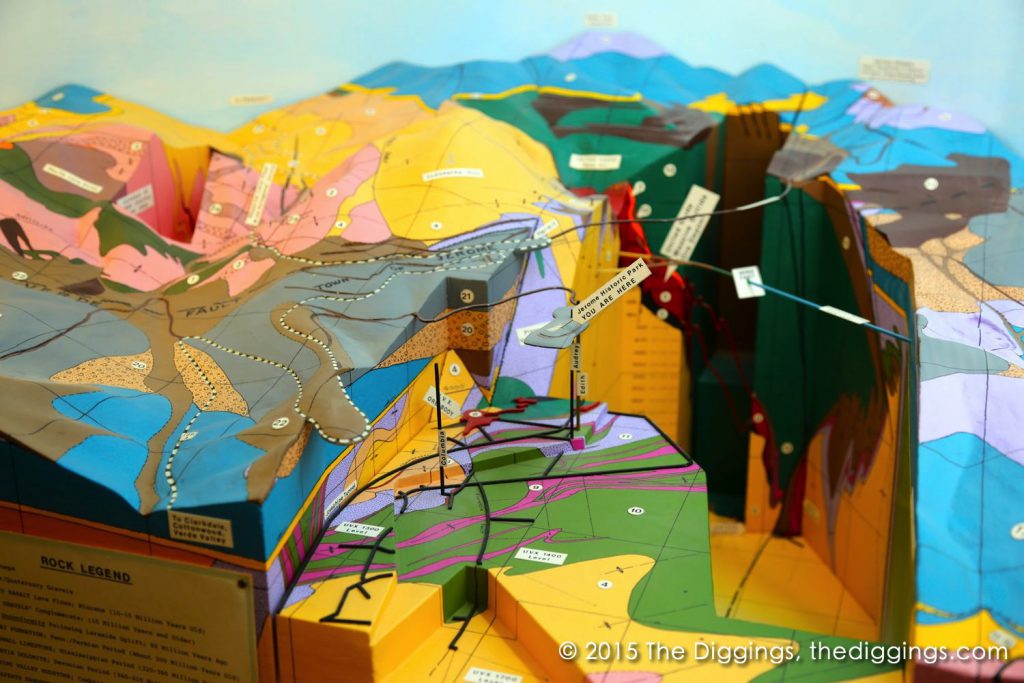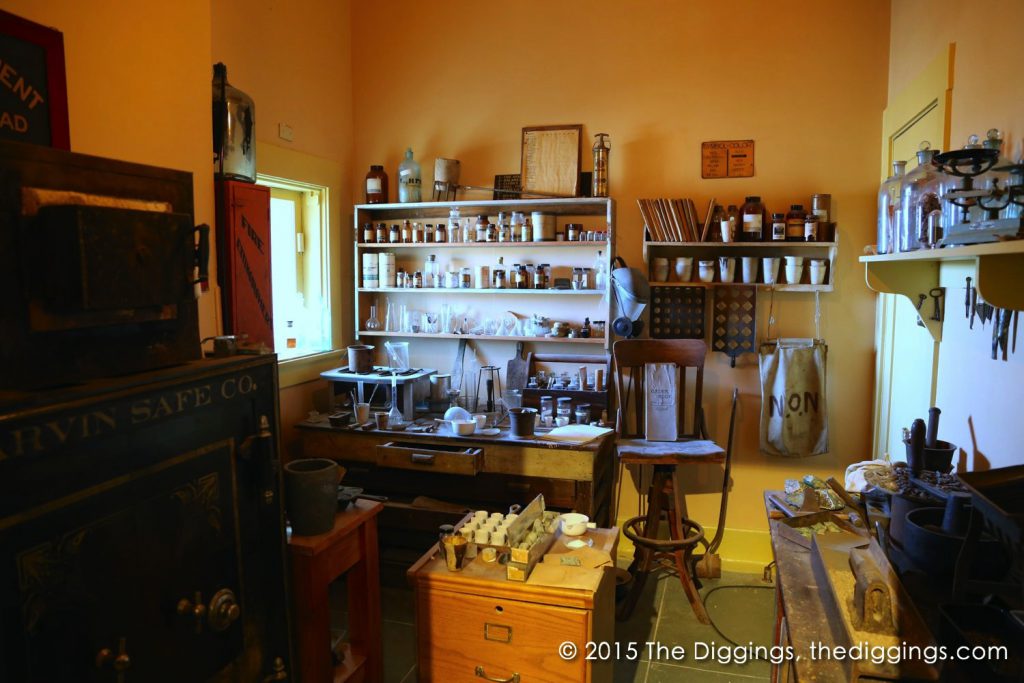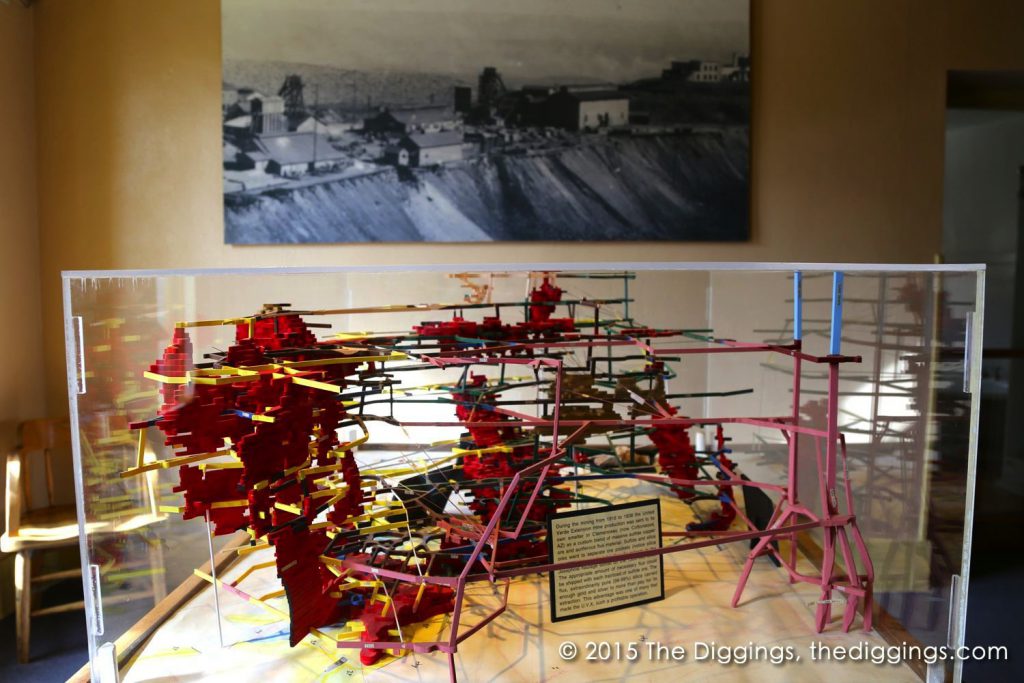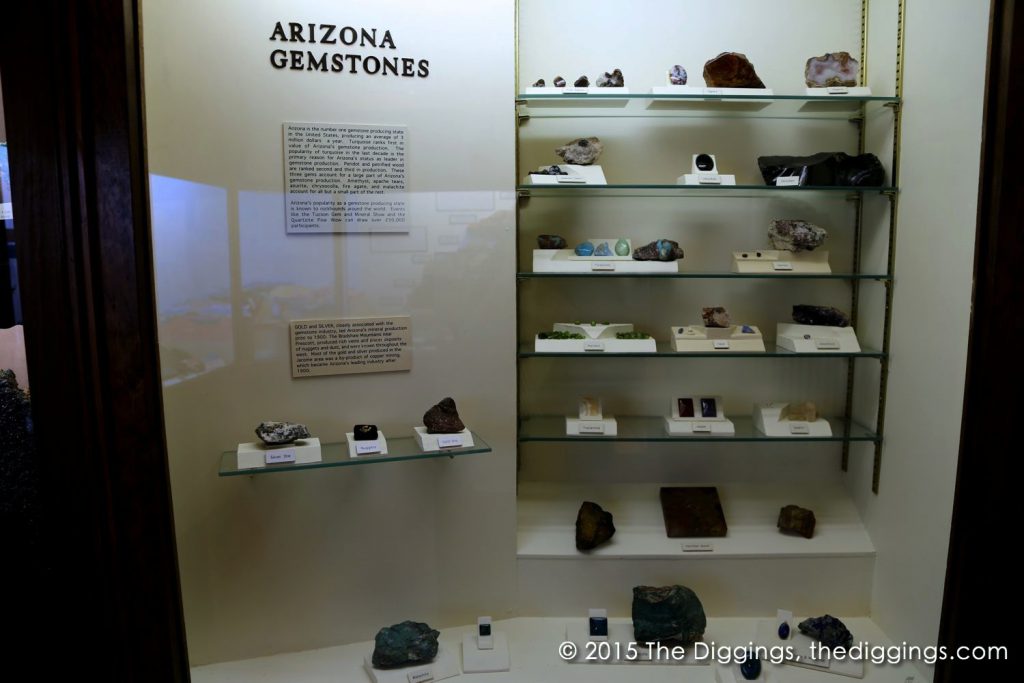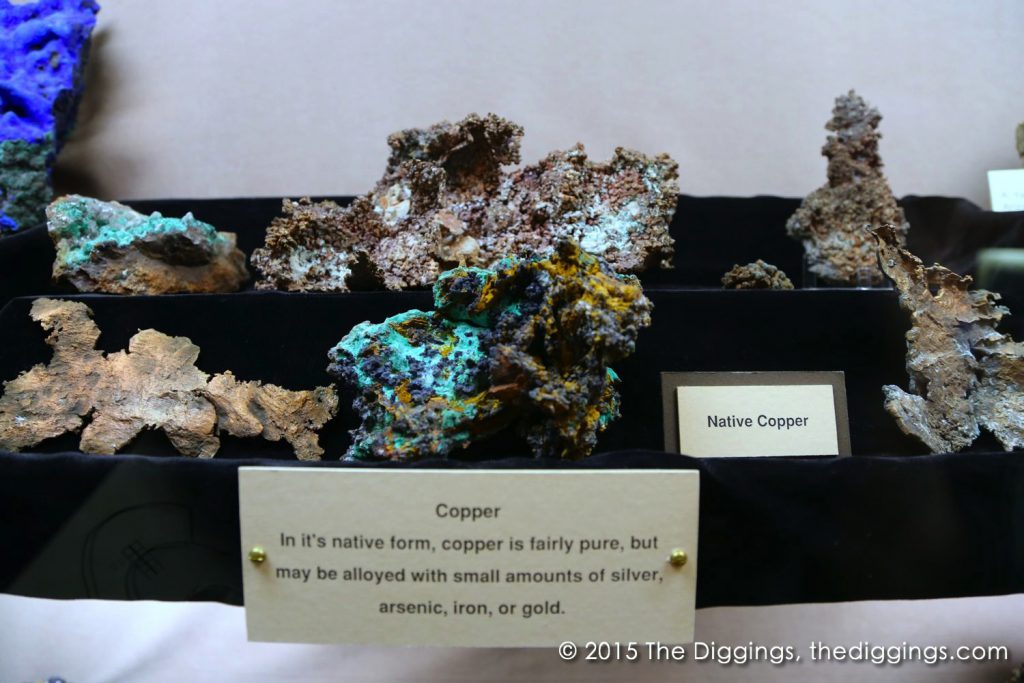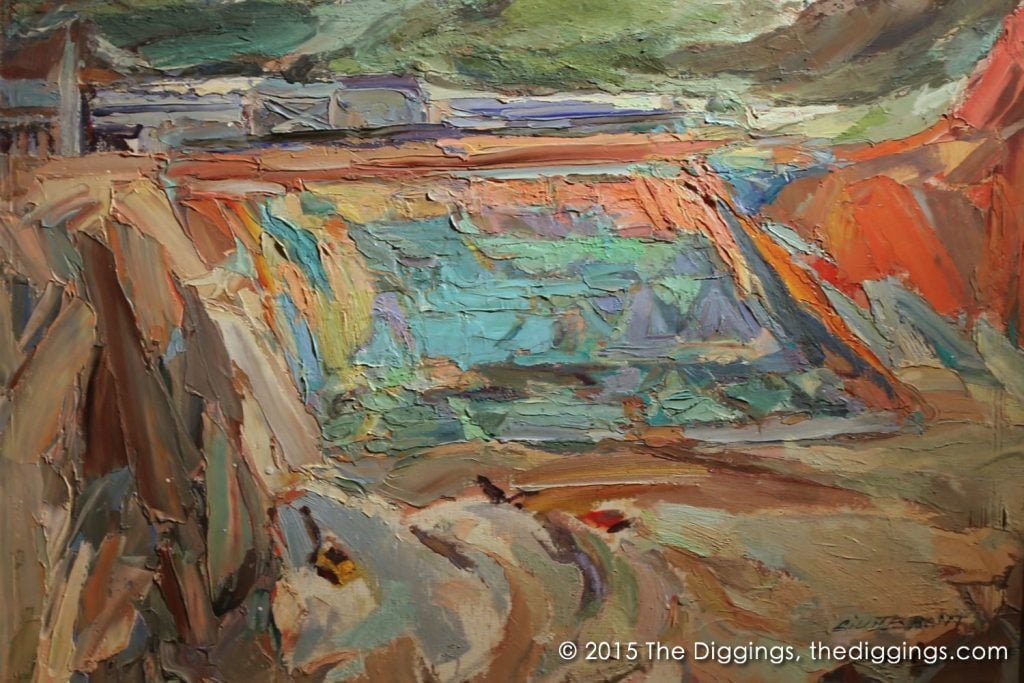Jerome may be considered a ghost town today, but between late-1880s and early 1950s it was the “Billion Dollar Copper Town,” with all the challenges and profits that came with a thriving mining operation. The town is perched over a copper mine that once produced 3 million pounds of copper per month. The Jerome State Historic Park chronicles the boom and bust of Jerome through the perspectives of the Douglas family as well as the Jerome area.
Copper has had a long history in the region of present day Jerome. Even before commercial operations came to Jerome, native people could easily collect colorful copper from the surface. Early Spaniards of the region also noted the presence of copper. The first mining claims, however, were staked in 1876 and what began as a tent city was incorporated in 1899. Though the population peaked in the 1920’s at 15,000 people, operations continued until the early 1950s.
James S. Douglas, Jr. was one of many who profited from the rich copper deposit in Jerome. Douglas grew up in a mining family and worked numerous copper mining jobs from assayer* to manager across the southwest before he came to Jerome as a speculator. Douglas led the United Verde Extension Mining Company (UVX), discovering a new ore body in 1914. The Little Daisy Mine was extraordinarily profitable, producing $10 million worth of copper in 1916 and over $125 million overall. This made Douglas a very wealthy man, some of which is reflected in the mansion be built in Jerome, above the Little Daisy Mine.
Jerome State Historic Park occupies the former mansion and surrounding grounds of the Douglas family and functions as a museum of both Douglas and Jerome. As a home, the museum still maintains some rooms with period furnishings and family valuables on display. Items from town institutions, such as soda fountain items and doctors’ tools give a sense of the modern conveniences that came to the town. Many of the rooms have been converted to display models and artifacts of the mining industry that made this family so much wealth. The museum includes a model assay office, ore specimens from around the region, an impressive 3-dimensional model of the mine shafts in Jerome, photographs of Jerome in its hey-day, along with mining equipment salvaged from local operations. Surrounding the structure are displays of ore carts, mills, and large ore samples. Don’t miss the short video on the history of Jerome, presented by a ‘real’ ghost!
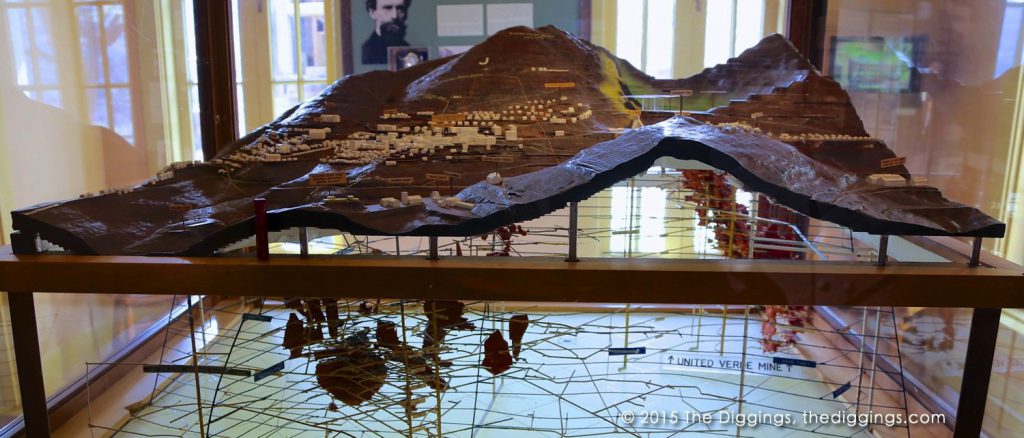
Similar to the Ducktown Basin Museum, Copper smelting in Jerome devastated the local foliage with acid rain. The desolate landscape was one reason cited that Douglas eventually left his mountaintop mansion. Today, however, the mountain has sprung back to life, both with green foliage and a new community of artists and fun touristy stops for visitors to enjoy.
*His father actually requested he come to Bisbee to work at the Copper Queen Mine as an assayer.

